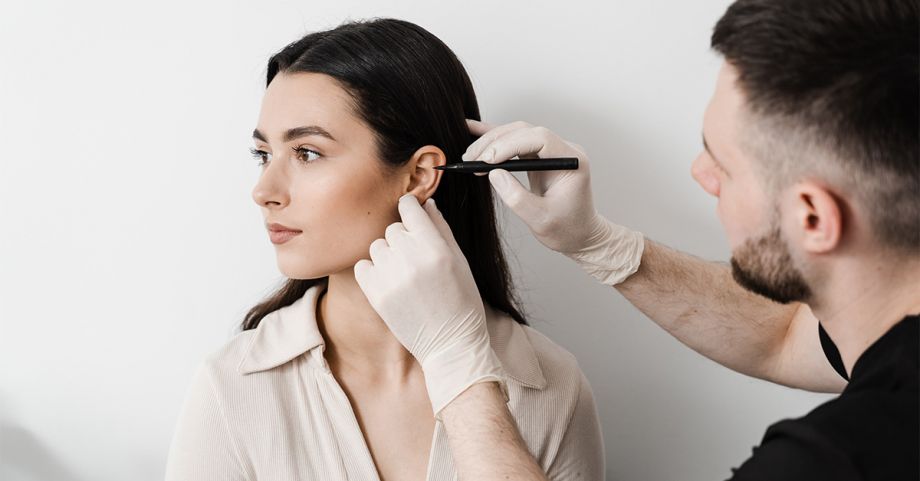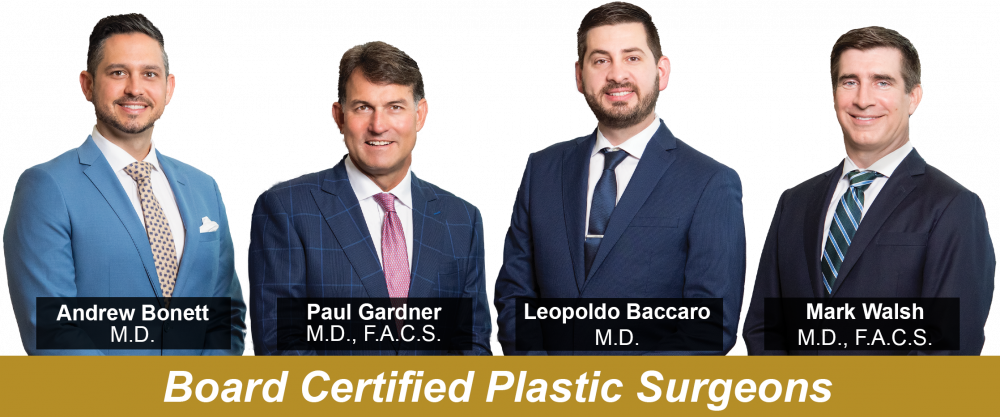
Naples Plastic Surgery: What You Should Know About Otoplasty
If you’ve never heard of the plastic surgery procedure known as “otoplasty,” we’re not surprised, as it is one of the least frequently performed ones, according to the American Society of Plastic Surgeons’ latest procedural statistics report. However, for those who undergo the procedure, and in particular, children, it can be life-changing. We mention children with this surgery because otoplasty is one of the few plastic surgeries considered highly effective and beneficial for kids.
The term otoplasty is derived from the Greek word “oto,” which means ear, and the Greek word for molded or formed, “plasty.” Thus, otoplasty is surgical ear reshaping, which adjusts the shape, size, and positioning of ears to balance them with the rest of the head. While primarily used to address congenital deformities, otoplasty is also performed on those whose ears have been damaged due to trauma.
With extensive ear reshaping surgery experience on adults in Southwest Florida, the highly skilled and experienced plastic surgeons of Naples Plastic Surgery are pleased to detail what you need to know about the procedure.
What Ear Flaws and Deformities Can be Corrected by Otoplasty?
Unless you’ve known anyone with ear deformities, you might be surprised by the range of potential ear flaws. The most common ear deformities and aesthetic ear concerns include:
- Macrotia—ears that are larger than average.
- Microtia—underdeveloped ears.
- Protruding Ears—also known as “bat ears,” the ears protrude away from the sides of the head.
- Cup Ear—the outer ear is abnormally small and cupped.
- Constricted Ear—the upper part of the ear is folded over.
- Stahl’s Ear—an extra cartilage fold gives the ear a pointy appearance.
- Lop Ear—the top part of the ear is folded.
- Cleft Earlobe—the earlobe is split or heavily indented.
- Cryptotia—upper ear cartilage is buried under the scalp skin.
- Cauliflower Ear—ear cartilage is damaged and deformed due to contact sports trauma.
Otoplasty Rarely Performed on Just One Side
Some patients may only have one ear that is aesthetically compromised and might secure positive results with surgery solely on that ear. However, in many cases, both ears may lack symmetry, but this does not become apparent until one is corrected. To ensure symmetry after surgery, most patients undergo surgery on both ears.
Preparing for Your Ear Reshaping Surgery
Before the procedure, Dr. Leo Baccaro, Dr. Mark Walsh, or Dr. Andrew Bonett consults with their otoplasty patients to evaluate their ears, review the desired aesthetic results, and discuss surgery details. Adult patients should refrain from alcohol and tobacco starting on the day before their surgery, as they can cause complications. All patients are advised on what they can eat on the day of the surgery based on whether they will go under local or general anesthesia. Most adults can undergo the procedure with local anesthesia that can be combined with oral sedation or deep sedation, as needed.
What to Expect During the Procedure
Otoplasty is customized to meet each patient’s distinct aesthetic goals, so every procedure our surgeons perform is different. In general, your surgeon will use a combination of incisions, sutures, and skin and cartilage resection to reshape the ears and make them symmetrical. They typically make incisions behind the ears to minimize visible scarring. They use internal and external stitches, including permanent internal ones, to secure the new shape and positioning of the ears. Depending on the complexity of the ear reshaping, our surgeons can usually perform the procedure within two hours.
Patients can return to their homes as soon as the anesthesia’s effects have waned. Patients are provided with recovery guidance instructions and may be prescribed medications to help manage pain and limit the risk of infection.
What to Expect During Recovery
Following surgery, our medical staff dress the patient’s head in thick bandages that are designed to protect the healing ears, support their new shape, minimize swelling, and promote healing. As an outpatient procedure, patients can return to their homes as soon as the anesthesia’s effects have worn off. We provide them with detailed postoperative care instructions to further promote healing and manage pain and discomfort. Most patients can remove their dressings within a day or two but may need a week or so of downtime before resuming many daily activities.
Need More Info on Otoplasty—Contact Naples Plastic Surgery for a Consultation
If you’re interested in correcting the aesthetics of your ears with our otoplasty surgery in the Naples, Florida, area, one of our surgeons will be happy to consult with you. To schedule your ear reshaping consultation, contact Naples Plastic Surgery today at 239.566.2611.

